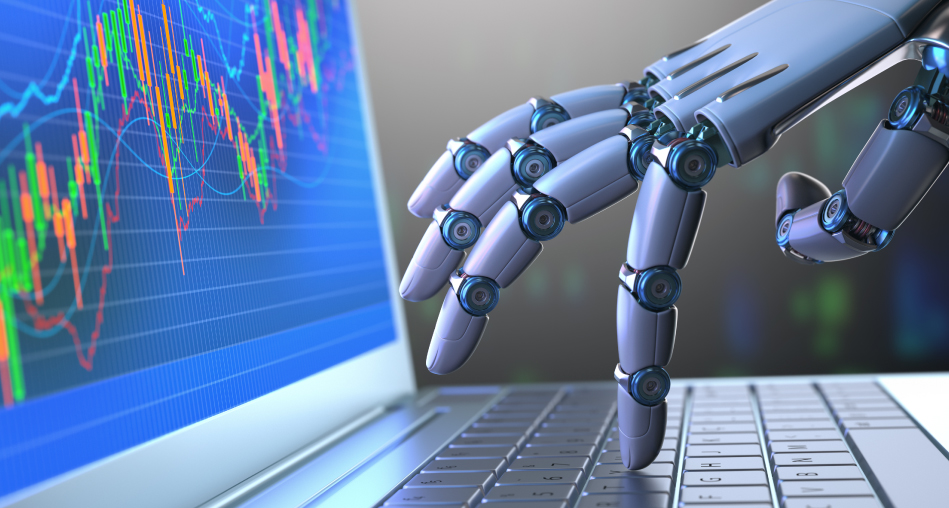In the fast-evolving world of finance, automated trading stands as both a beacon of opportunity and a source of uncertainty. With algorithms and artificial intelligence taking center stage, traders are increasingly torn between the allure of efficiency and the age-old wisdom of human intuition.
Imagine executing trades at lightning speed, analyzing vast amounts of data in mere seconds—all while you sip your morning coffee. Yet, beneath this seemingly flawless surface lies a maze of complexities: market unpredictability, technology failures, and the ever-looming threat of emotional detachment.
As you navigate this intricate landscape, it’s vital to weigh the benefits against the pitfalls. Is automated trading the key to unlocking your financial dreams, or does it conceal risks that could unravel your investments? Let’s delve into the pros and cons to uncover whether this modern approach resonates with your trading style and goals.
Pros of Automated Trading

Automated trading offers a multitude of advantages that can be incredibly appealing to both novice and seasoned investors. First and foremost, it eliminates the emotional biases that often plague human traders.
Picture a scenario where market fluctuations spark fear or greed—automated strategies stick to their predetermined algorithms, executing trades based purely on data and analysis. This not only enhances consistency but also allows for rapid execution of trades, often in milliseconds, capitalizing on fleeting market opportunities.
Furthermore, traders can operate around the clock without the need for constant monitoring, allowing them to diversify their portfolios across various markets or trading strategies with ease. Efficiency becomes a hallmark, as automated systems can analyze vast amounts of data at lightning speed, identifying trends that a human might miss.
Ultimately, for those seeking precision and a systematic approach to trading, automation can be a game-changer, opening doors to a new realm of financial possibilities.
Cons of Automated Trading

While automated trading offers the allure of enhanced efficiency and speed, it comes with significant drawbacks that warrant careful consideration. First and foremost, reliance on algorithms can lead to a dangerous disconnect from market sentiment.
Automated systems might not adeptly discern sudden shifts in market dynamics that human intuition could pick up, leaving traders vulnerable to unexpected volatility. Furthermore, technical glitches and system failures can strike at any moment, potentially resulting in catastrophic losses if safeguards are not in place.
The complexity of these trading systems means that they require continual monitoring and adjustment; a set-and-forget approach can be misleadingly tempting. Additionally, the competitive landscape is continually evolving, with many traders employing similar algorithms, which can lead to a herd mentality that diminishes the effectiveness of once-unique strategies.
Thus, while the prospects of automated trading can seem enticing, the pitfalls may ultimately outweigh the benefits for many.
Is Automated Trading the Right Choice for You?
Deciding whether automated trading is the right choice for you involves a multifaceted exploration of your trading style, risk tolerance, and technical expertise. For those who thrive on the thrill of live market fluctuations, the emotion-driven highs and lows, automated trading might feel like stepping away from the action.
Yet, for the analytically minded who appreciate the precision and the ability to execute trades without the stress of emotional decision-making, it could be a game changer. Consider your lifestyle: do you have the time to dedicate to market analysis, or would a software solution that can operate around the clock better suit your busy schedule? Furthermore, think about your comfort level with technology; understanding the algorithms behind automated systems requires a different skill set than traditional trading methods.
Ultimately, weighing these factors against your personal goals will help you discern if automation aligns with your trading aspirations or if the hands-on experience is where you find your footing.
Conclusion

In conclusion, automated trading offers a multitude of advantages, including increased efficiency, reduced emotional decision-making, and the ability to execute trades around the clock. However, it is crucial to weigh these benefits against potential downsides, such as the risk of technical failures and the lack of personalized strategies.
For traders considering the switch to automated trading software, understanding your own trading goals, risk tolerance, and the complexities of the market is vital. Ultimately, the choice of whether automated trading is right for you depends on your individual circumstances and your willingness to embrace both its opportunities and its challenges.
As with any trading strategy, informed decision-making and continuous learning remain key to achieving success in the ever-evolving financial landscape.











